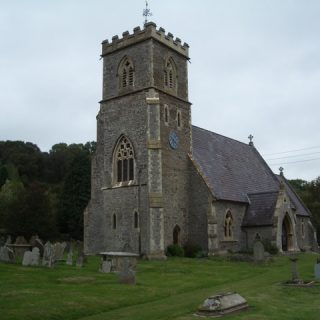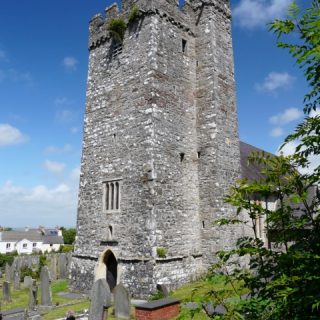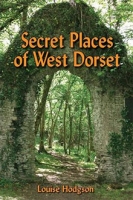Church of St. Meilig, Llowes and Moll Walbee’s Stone
The medieval church of St Meilig was rebuilt in 1853, though the bottom of the tower may be a remnant of the earlier building. Inside the church is a standing stone with a cross carved into it, which possibly dates from the 6th or 7th century. The stone which is thought to have stood at or near the site of a 6th century monastery founded by St Meilig at Croesfeilig.









Recent Comments